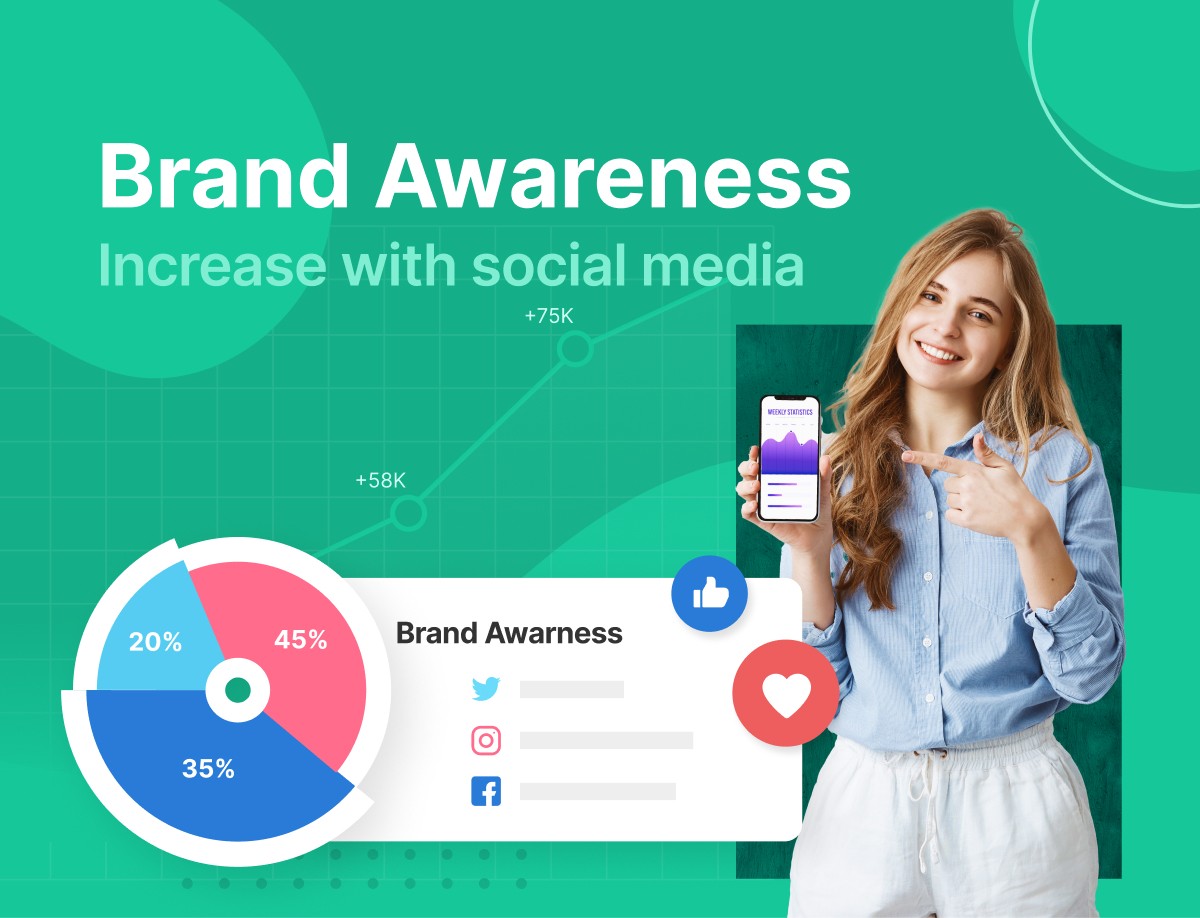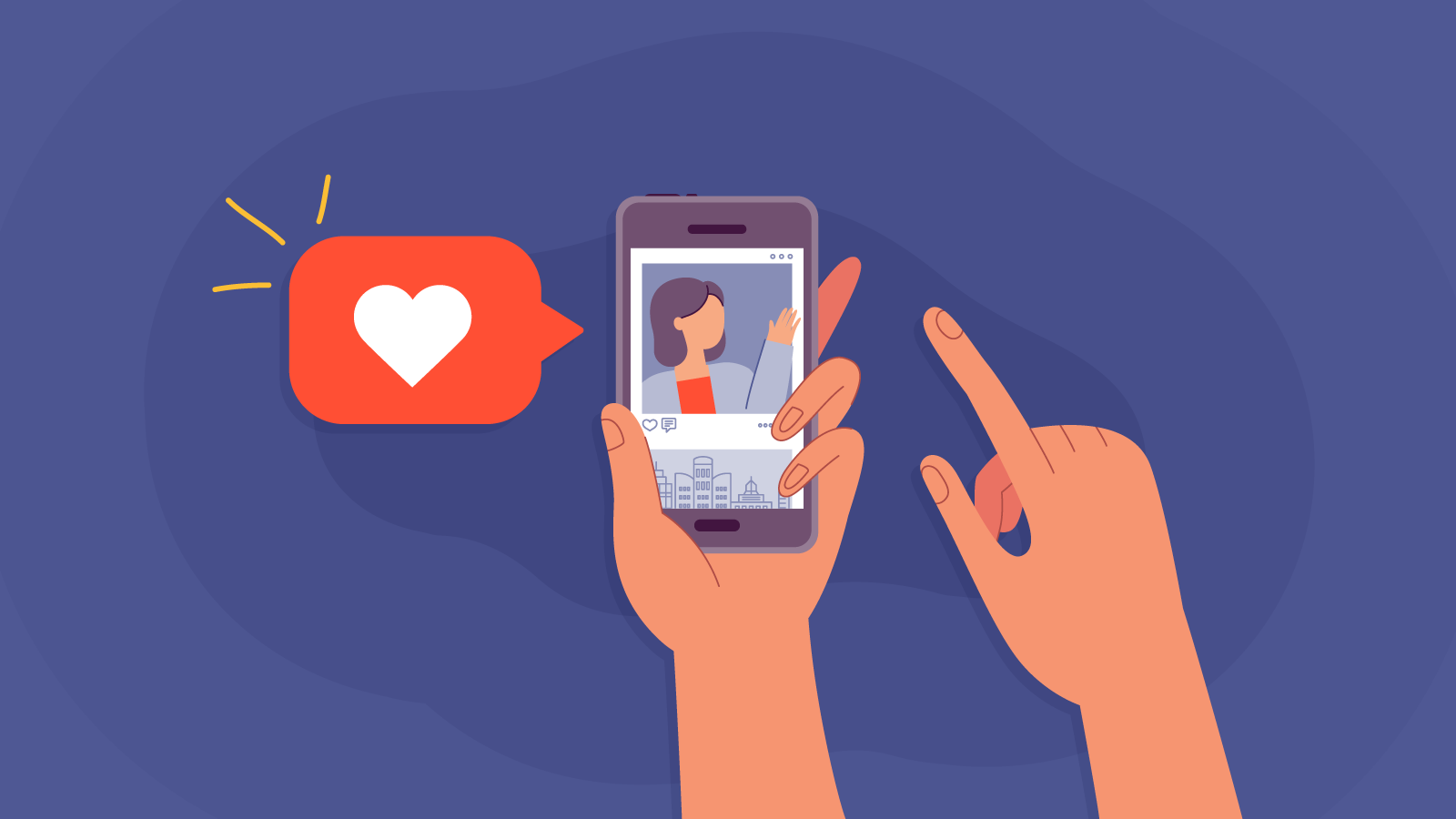In today’s fast-paced digital landscape, building and sustaining brand awareness is crucial for businesses aiming to stay ahead of the competition. Social media has emerged as a dynamic tool for achieving this goal. By leveraging the vast reach and engagement opportunities of platforms like Facebook, Instagram, Twitter, and LinkedIn, companies can establish a strong presence and connect with their target audience in innovative ways. In this article, we will explore 15 outstanding social media brand awareness examples.
Social Media Brand Awareness Examples: 15 Inspiring Success Stories

Social media platforms have revolutionized the way brands connect with their audience. They offer a unique opportunity to interact directly with consumers, tell compelling stories, and create a loyal following. In this article, we will delve into real-life examples of brands that have harnessed the power of social media to enhance their brand awareness.
The Rise of Social Media in Branding
The digital era has given birth to an entirely new approach to branding. With social media’s rapid rise, companies have recognized its potential to reach and engage audiences globally. Brands like Nike and Apple have expertly leveraged platforms to showcase their values and missions, creating a loyal fan base.
Crafting a Strong Brand Identity
One key to successful brand awareness is consistency. Brands such as Coca-Cola and McDonald’s have consistently maintained their brand identity on social media. They utilize consistent logos, colors, and messaging across all platforms, reinforcing their brand recognition.
Utilizing Visual Storytelling
Visual content is king on social media. Companies like National Geographic have mastered this art by sharing breathtaking photos and videos that not only entertain but also educate, resonating with their audience’s emotions.
Interactive Content and Engagement
Engagement is the heart of social media. Brands like Starbucks excel in this aspect by responding to comments, conducting polls, and initiating conversations with their followers, making them feel heard and valued.
Leveraging User-Generated Content
User-generated content can be a goldmine for brand awareness. GoPro is a prime example, as they encourage users to share their adventurous experiences captured with GoPro cameras, effectively marketing their products through their customers’ eyes.
Loyalty Programs and Incentives
Brands like Sephora offer loyalty programs and exclusive incentives to their social media followers, encouraging customer retention and advocacy.
Tapping into Influencers Marketing
Influencers wield tremendous power on social media. Companies like Daniel Wellington have harnessed this power by collaborating with influencers who align with their brand, expanding their reach significantly.
Real-time Marketing Moments
Brands like Oreo have made headlines with real-time marketing during major events. Their witty and timely social media posts during the Super Bowl, for instance, captured the attention of millions.
Social Media Contests and Challenges
Contests and challenges, as seen with the ALS Ice Bucket Challenge, can create viral sensations. These interactive campaigns not only raise awareness but also encourage user participation.
Educational and How-to Content
Brands like Tasty have cornered the market on food-related content. They offer quick and engaging cooking tutorials, solidifying their presence as a go-to source for culinary inspiration.
Community Building and Support
Building an online community fosters brand loyalty. Companies like Airbnb connect travelers worldwide, creating a sense of belonging and trust among their users.
Responsive Customer Service
Brands like Zappos are known for their exceptional customer service on social media. Quick and helpful responses to customer inquiries can boost brand perception significantly.
Data-Driven Strategies
Data analytics play a vital role in optimizing social media campaigns. Brands like Netflix use data-driven insights to tailor content recommendations and engage their audience effectively.
Measuring Success with Analytics
Metrics like reach, engagement, and conversion rates are essential for evaluating the success of social media efforts. Brands like Google use advanced analytics tools to monitor and adjust their strategies accordingly.
Conclusion of Social Media Brand Awareness Examples
In a world driven by digital interaction, social media has emerged as a formidable force for building and enhancing brand awareness. By studying these 15 exceptional examples, businesses can gain insights into how to harness the full potential of social media and create lasting connections with their audience.
Would you like to see how AIM Technologies can help your brand achieve similar success on social media? Request a demo today and unlock the full potential of your online presence.
FAQs
1. What is the significance of brand awareness in today’s competitive market?
- Brand awareness is crucial as it sets the foundation for consumer trust and loyalty. In a crowded marketplace, it helps businesses stand out and connect with their target audience effectively.
2. How can small businesses with limited resources benefit from social media for brand awareness?
- Small businesses can leverage social media by focusing on a specific niche, creating engaging content, and actively interacting with their followers. Authenticity and creativity can go a long way.
3. What are some common mistakes brands make on social media that hinder their brand awareness efforts?
- Some common mistakes include inconsistent branding, neglecting engagement with followers, and failing to adapt to changing trends. It’s essential to stay updated and responsive.
4. Can you provide some tips for measuring the ROI of social media campaigns?
- To measure ROI effectively, track key metrics like website traffic, conversion rates, and sales directly attributable to social media efforts. Utilize analytics tools for in-depth insights.
5. How often should a brand post on social media to maintain a strong online presence?
- Posting frequency can vary by platform and audience. It’s essential to maintain a consistent schedule but prioritize quality over quantity. Monitor engagement to find the right balance.




